Solar EV Charger Guide: Charge Your Car on Sunshine Only
Last Updated: 17th Nov 2025
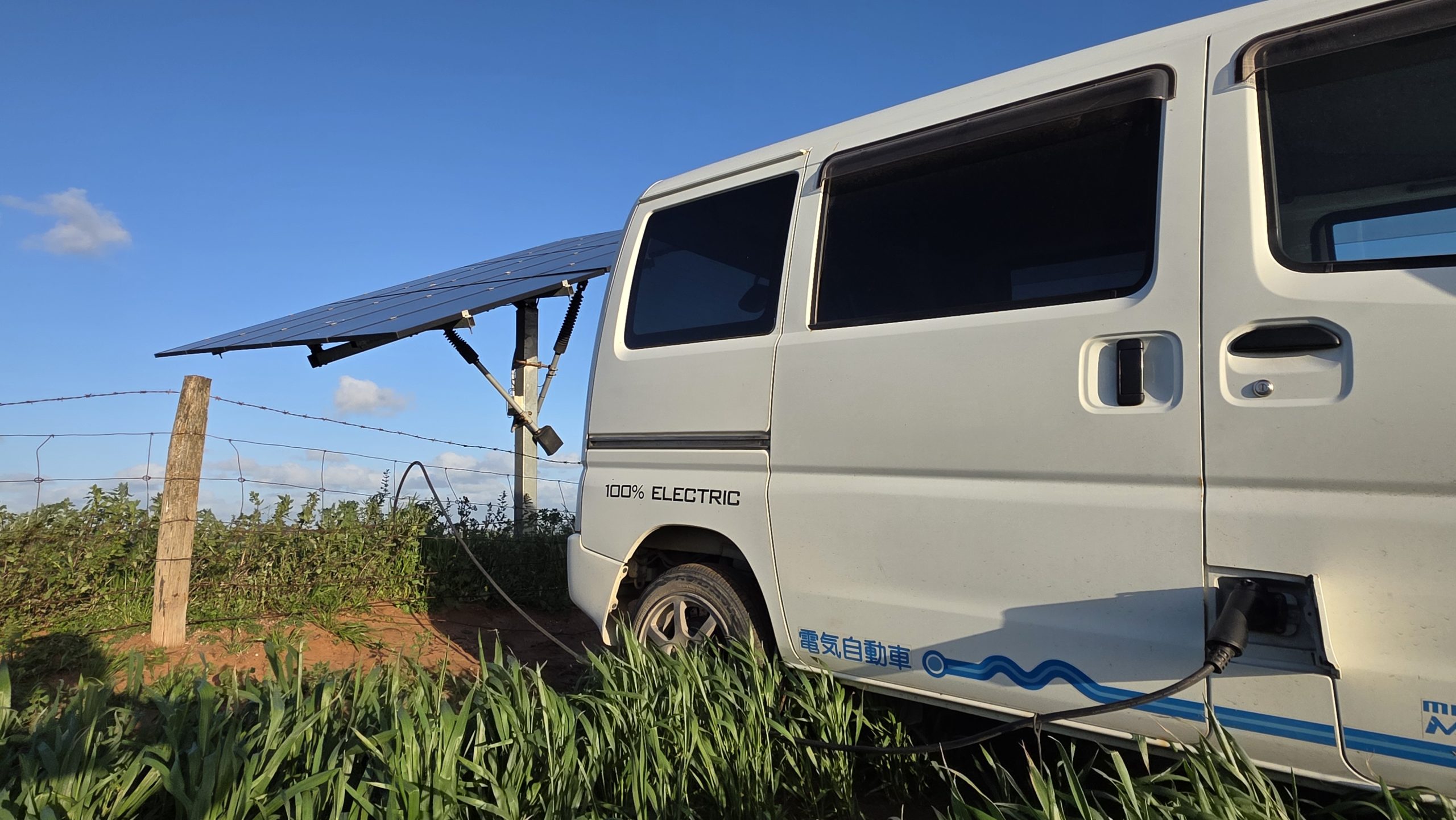
Why Charging With Excess Solar Is The Cheapest Way To Drive
Even without rooftop solar, electric vehicles are typically much cheaper to run than petrol cars, but charging off your own excess solar makes the savings even better. Every kilowatt-hour (kW) pulled straight from your roof into your car avoids retail electricity mark-ups, and this usually offers much better value than exporting solar for the small Feed-in Tariffs (FiT) available these days. Simply put: behind-the-meter solar charging is the lowest-cost “fuel” available to most Australian households.
Rule of thumb: if you can schedule charging to line up with your midday surplus, you’ll drive for a few cents per 100 km. Even if you’re not at home, use a solar smart EV charger or app to soak up surplus automatically, then top up overnight on a Time-of-Use (ToU) off-peak plan if needed.
Alternatively, a dumb charger on a timer can be all you need if you are on a plan that offers free electricity at a fixed time of day.
- Why Charging With Excess Solar Is The Cheapest Way To Drive
- How Much Does A Solar EV Charger Cost To Buy And Install In Australia?
- Can Any EV Charger Use Excess Solar, Or Do I Need A “Smart” Charger?
- How Much Money Can I Save Each Year By Charging Only From Excess Solar?
- Is Solar EV Charging Worth It?
- How Many Solar Panels Do You Need To Support An Electric Vehicle?
- How Much Excess Solar Do You Need For Smart EV Charging To Start?
- Can My Inverter Control When The Car Charges?
- How Do I Integrate An EV Charger So The Car Uses Surplus Solar Without Draining A Home Battery?
- How Can I Future-Proof My Solar and Battery System So A Smart Charger Will Work Seamlessly Later?
- How Do I Run A Solar-Only EV Charger When The Charger Is In A Separate Building Or Sub-Board Away From The Main Solar Meter?
- Conclusion
How Much Does A Solar EV Charger Cost To Buy And Install In Australia?
Hardware: The most effective way to charge with excess solar is with solar-aware smart models, but they tend to cost at least a few hundred dollars more than a “dumb” charger like the Tesla Wall Connector. In our EV charger comparison table, you can see which units are capable of smart solar charging and how much they cost. Expect roughly $1,100-$2,000+ for a quality wall-mounted Level 2 smart solar charger. Use our solar smart charging calculator to decide whether solar smart charging is worth it for you.
Even though some chargers like the Tesla Wall Connector now include Wi-Fi and scheduling, they still can’t modulate charging power based on your solar surplus. That’s what separates true “solar-smart” chargers from the rest.
Installation: a straightforward single-phase home EV charger install close to the switchboard is often around $500-$1,000. Long cable runs, three-phase work, switchboard upgrades or supply upgrades add cost. Get the installer to confirm internet connectivity for smart features and to allow for any current sensors and load-management gear. See our installation guide for what’s involved.
Can Any EV Charger Use Excess Solar, Or Do I Need A “Smart” Charger?
Any home EV charger can use solar if you simply plug in while the sun is out. But to actively follow surplus – speeding up and slowing down so the charger only uses what your solar isn’t using elsewhere – you’ll want one of these approaches:
1) A current sensor
A small current sensor (CT) on your supply watches household import/export and adjusts charging power to match surplus. A charger like the EVNex comes with a CT sensor in the box.
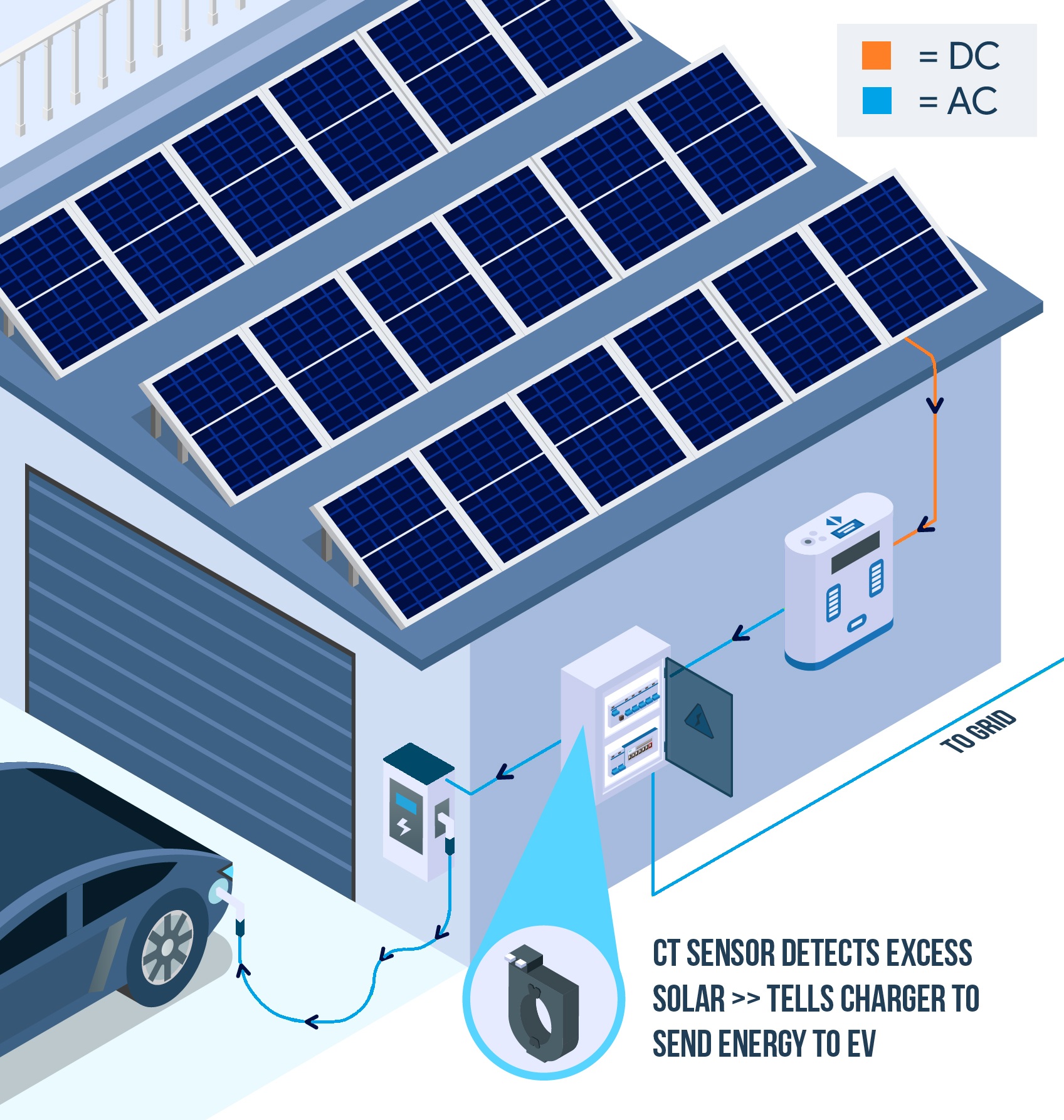
2) The same brand charger as your inverter
If you stay in one brand’s ecosystem, the charger can talk to the inverter via the inverter’s smart meter. With this approach, you only have to deal with one app instead of juggling three or four. Installers can share a single current transformer (CT) clamp across all devices, reducing clutter in the switchboard and making later maintenance simpler.
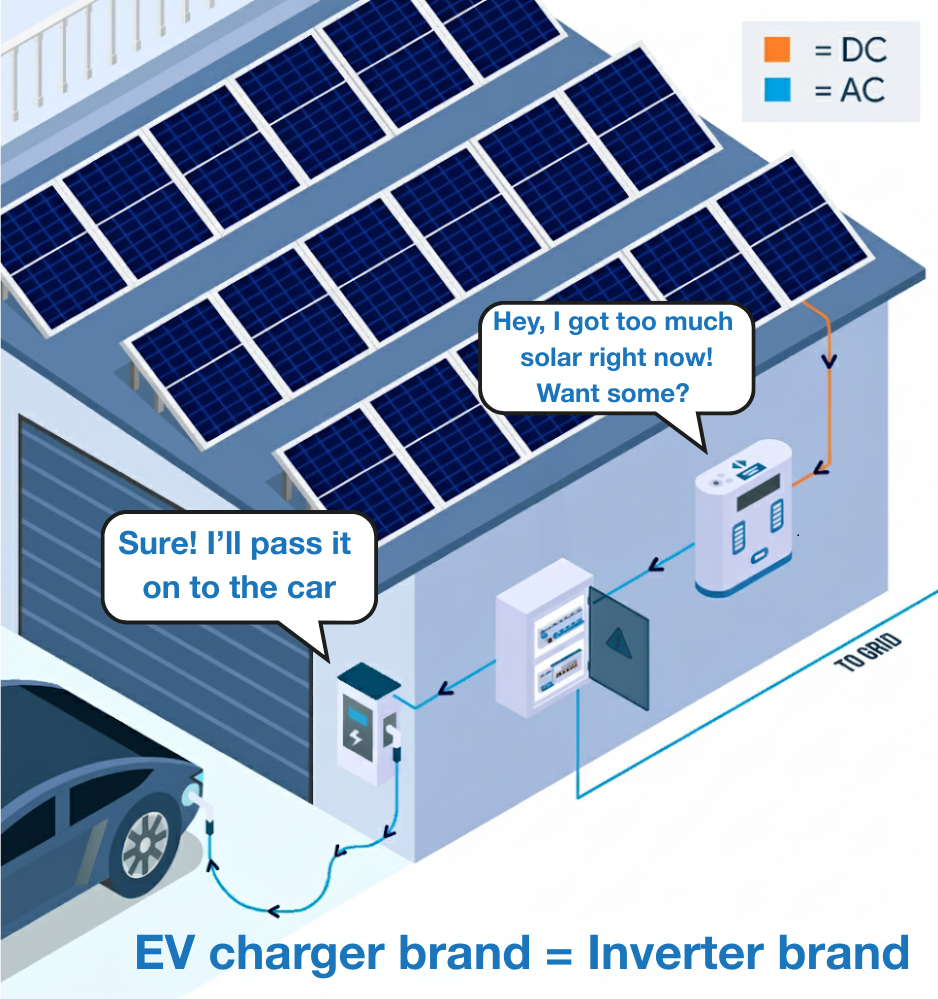
When Sungrow released its EV charger, they simply added a tab in their monitoring app. With your inverter and charger monitoring in the same app, enabling solar EV charging is straightforward.
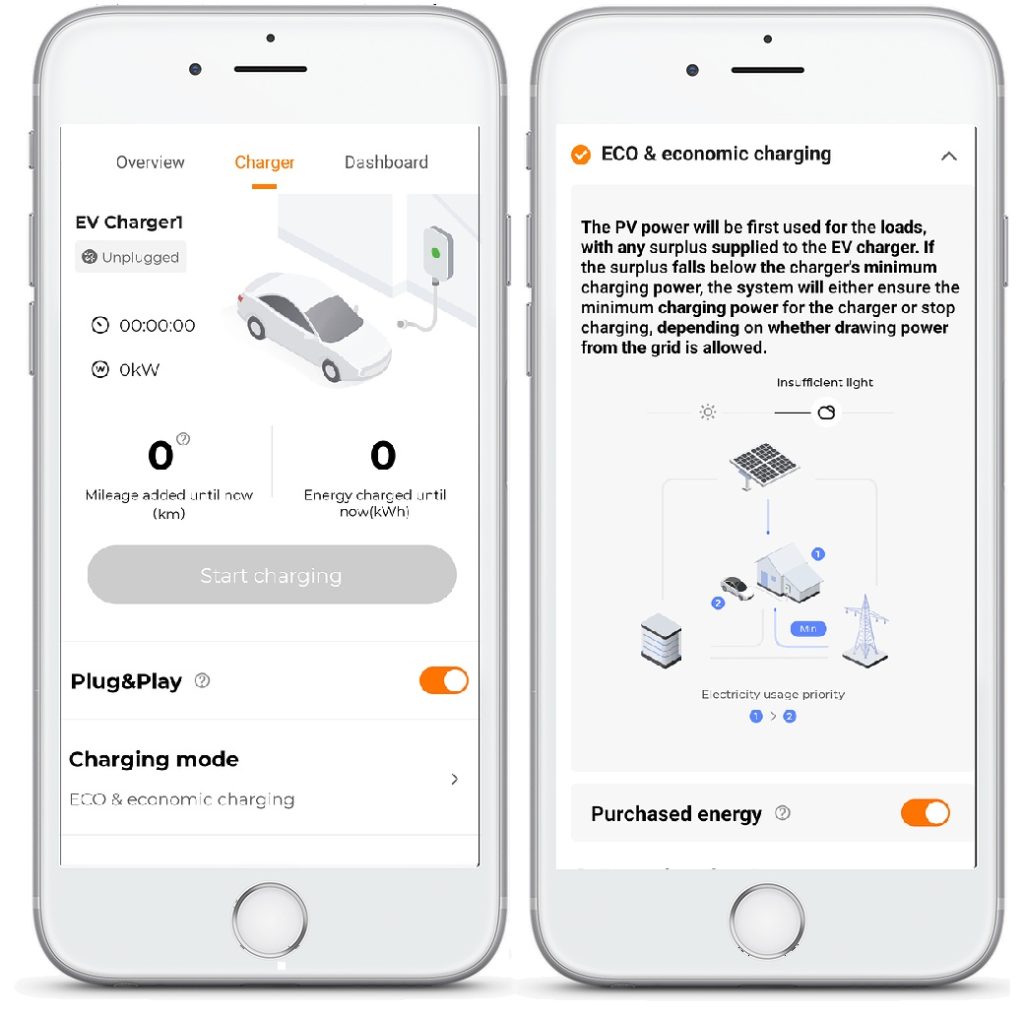
3) A 3rd-party control app
A third-party app that coordinates between the car, charger and inverter. Popular because it adds “solar smart” brains to many setups without extra hardware.
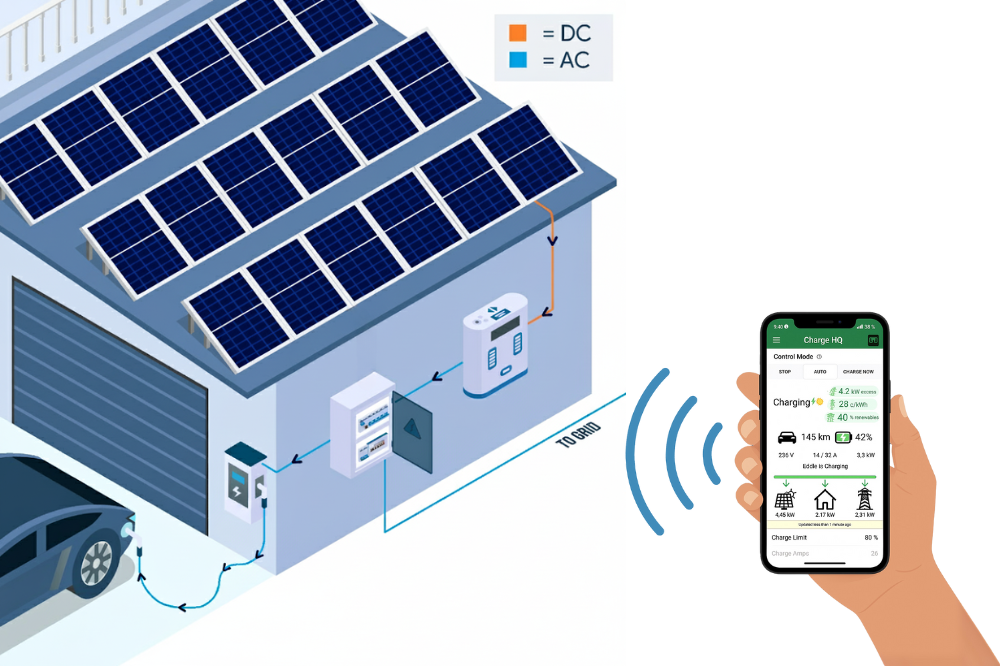
For broad compatibility as the market evolves, look for Open Charge Point Protocol (OCPP) on the charger. OCPP lets third-party software control charging, which is useful for solar tracking and for special EV retail plans.
See why OCPP support is worth having.
How Much Money Can I Save Each Year By Charging Only From Excess Solar?
Use this formula:
- Work out how much kWh your car uses per year: km driven annually ÷ the amount of km your EV drives per kWh ≈ annual kWh.
Example: 12,000 km/year ÷ 6 ≈ 2,000 kWh. - Work out the “solar gain” per kWh: grid electricity rate when you normally charge − FiT.
Example: if you charge on an off-peak rate of 20 c/kWh and your FiT is a 2 cents, the gap is 18c per kWh. - Annual saving ≈ annual kWh your car uses × the “solar gain” gap. To continue with the example, that would be 2,000 kWh × 18c per kWh. So up to $360/year if you can soak most charging from excess solar.
Households with bigger daily solar surpluses or multiple EVs can save even more.
Is A Solar EV Charger Worth It?
It depends on your routine. A solar-smart setup saves you the gap between your grid rate when you charge and your Feed-in Tariff (FiT) for every kilowatt-hour shifted from the grid to your own excess solar. If you’re often home (or can schedule daytime charging), the payback period can be short. If you rarely have daytime surplus, a simple timer on cheap-rate charging may be better value.
The calculator below estimates savings and payback on your investment in a solar EV charger. Just enter the following:
- How many kilometres you drive annually
- The EV’s efficiency: How many kilometres can it do per kWh?
- The electricity rate when EV charging: what are you paying per kWh at the times you charge?
- Feed-in tariff: how much would that kWh have made you if it had been exported?
- Share of charging from solar only: how much of your home charging load can you do when the sun is out?
- Level 1 or Level 2: are you upgrading from a mobile charger or from a dumb hard-wired charger?
- The solar smart charger cost (including installation). You can find pricing for solar-aware models in our EV charger comparison table by checking the “solar smart charging” row.
Solar EV Charger Calculator
EV Charging Savings From Excess Solar vs. Grid Electricity
Tip: add your actual rates to see accurate savings. Daytime charging = higher solar share and faster payback.
When looking at payback periods for a solar EV charger, keep in mind that EV charger warranties are fairly short – typically under 5 years.
How Many Solar Panels Do You Need To Support An Electric Vehicle?
Most modern EVs travel roughly 6 km per 1 kWh of energy. If you drive 50 km/day, you’ll use roughly 8-10 kWh/day in the car. A typical Australian solar array produces around 4 kWh per day per 1 kW of panels averaged over a year. So, adding about 2-3 kW of solar panels usually covers that daily driving – more in summer, less in winter.
However, if you plan on getting a hot water heat pump, home battery, air conditioner, induction cooktop, or a second EV, go even larger. Our long-standing advice is to fill your roof sensibly: future you will thank you.
How Much Excess Solar Do You Need For Smart EV Charging To Start?
When sizing your solar for smart solar charging, keep in mind the minimum power needed for charging to kick in. This depends on whether you have single-phase or three-phase power.
Most EVs won’t begin charging below about 6 A. That means a single-phase charger needs roughly 1.4 kW of surplus solar.
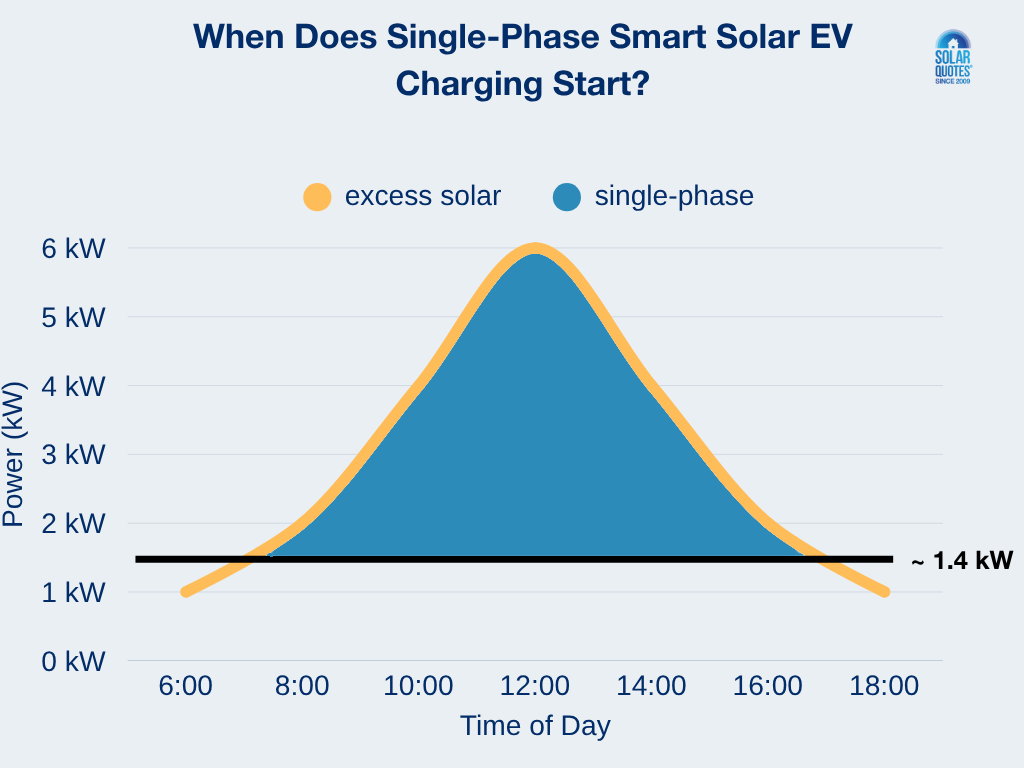
That also means a three-phase charger needs around 4.2 kW. If you have a three-phase supply, check if your charger can switch automatically between single and three-phase. It makes better use of small surpluses – charging on one phase when there’s only 1.4 kW spare, then ramping up to three phases as excess solar rises. Not all chargers support this (Tesla can’t, but Fronius and SMA do), so size your solar array and pick your charger accordingly. Our EV charger comparison table has a row “3 to 1 smart phase switching” that tells you which models can do this.
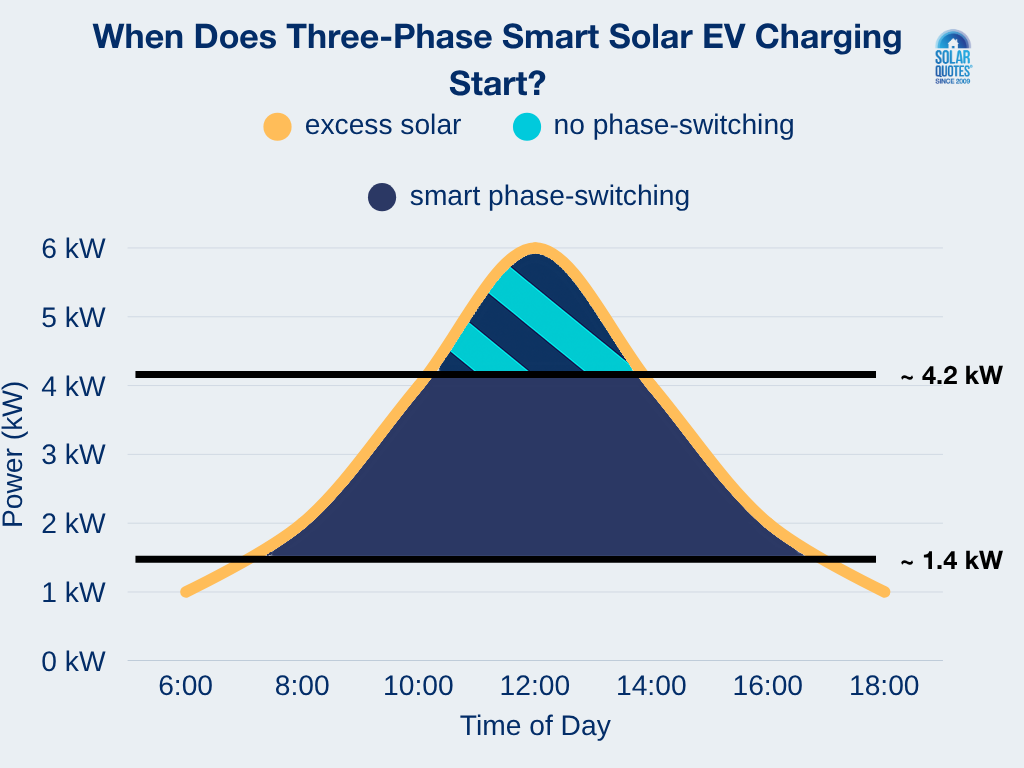
Can My Inverter Control When The Car Charges?
Often, yes. Many inverter manufacturers sell a matching home EV charger that speaks the same “language” as the inverter and smart meter. That tight integration makes solar-only charging and battery-friendly behaviour easier. If you already have an inverter from a major brand, check if the brand also sells a charger. Staying in the same ecosystem is the easiest way to make sure your inverter and charger play nicely together.
| Brand | Inverter | EV Charger |
|---|---|---|

|

|

|

|
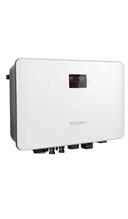
|
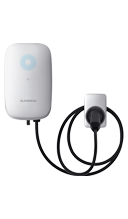
|

|
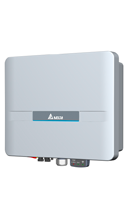
|
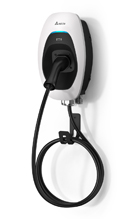
|

|

|

|
If you prefer to mix brands, look for OCPP on the charger and use a third-party control app like ChargeHQ that understands your inverter, car and tariff.
How Do I Integrate An EV Charger So The Car Uses Surplus Solar Without Draining A Home Battery?
Without proper control, your EV charger could drain the house battery, leaving no energy for overnight household use. Avoid cycling the home battery into the car: It’s technically possible to charge your EV this way, but it consumes warranted battery cycles on what is essentially car “fuel”: you are charging a battery only to use it to charge another battery! In most homes it’s better value to reserve the house battery for evening household loads and use solar surplus (and off-peak top-ups) for the EV. One-brand ecosystems will prevent this automatically. However, for mixed brands, there are two parts:
- Wiring: ask your installer to wire the EV charger so the home battery can’t discharge into it. A simple change of connection point prevents the battery from being treated like a petrol bowser for the car.
- Control: use a charger that follows net export via CT sensors or inverter data. Set rules so the charger waits for surplus solar, then charges the EV. If you need more, schedule a top-up on your ToU off-peak window.
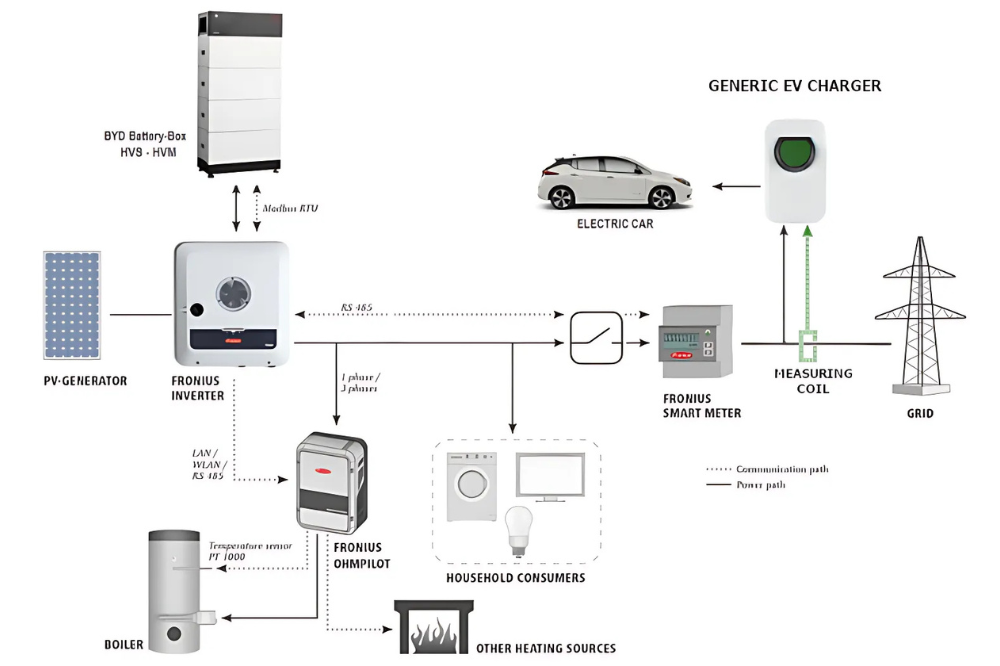
Note: If a third-party charger is wired outside your solar monitoring circuit, EV charging may be invisible in your solar app. That’s usually fine – during outages you rarely need to charge an EV – and it also helps ensure the home battery doesn’t end up “fuelling” the car.
Read our more in-depth blog post on how to stop an EV draining your home battery.
How Can I Future-Proof My Solar And Battery System So A Smart Charger Will Work Seamlessly Later?
There are four things you can do now in preparation of your EV charger purchase:
- Run the conduit from the switchboard to the parking spot – it makes the later install faster and cheaper.
- Choose three-phase supply if your system will be on a newly built home. It allows larger solar, smoother load balancing, and faster EV charging down the track.
- Create space by upgrading or replacing the switchboard for an EV charger circuit and any load-management gear.
- Pick ecosystem-friendly gear – either buy an inverter from a brand that also sells EV chargers, so you stay in one brand, or ensure the charger you buy supports OCPP.
Some states already require dynamic EV-charging control. Governments and networks are pushing for smart, controllable chargers, so choosing OCPP and a strong ecosystem now will only become more important.
How Do I Run A Solar EV Charger When The Charger Is In A Separate Building Or Sub-Board Away From The Main Solar Meter?
Running a CT cable all the way to a detached garage is not always practical. You have three common options:
- Choose a charger with wireless sensors and a dedicated energy meter – these can read import/export at the main board and send data to the charger without long signal cables.
- Use inverter data – some chargers read the inverter’s smart meter over the home network.
- Install a local energy monitor + OCPP charger + control app – a flexible path when brands don’t talk natively.
A competent installer who regularly does EV work will help you pick the cleanest option for your switchboard layout.
Conclusion
Charging an electric vehicle directly from your own rooftop solar is still the cheapest way to drive in Australia – often for just a few cents per kilometre. Any home EV charger will work if you simply plug in during the day, but a smart, OCPP-compatible charger (or a charger paired with the same-brand inverter) lets you automatically soak up surplus solar and avoid unnecessary grid imports.
If you are building or upgrading your home, future-proof by running conduit, leaving switchboard space, and considering three-phase supply. Whether you stick with one brand’s ecosystem or use a third-party control app, planning now means easier installation later and the flexibility to handle bigger solar arrays, home batteries and more EVs.
In short: size your solar generously, choose a charger that can follow the sun, and you’ll drive on sunshine for decades.
If you’re ready to buy an EV charger, SolarQuotes can help you get quotes for quality home charging systems from pre-vetted installers quickly and easily.